It’s time to talk about a regional tax to help fund Metro (DC area)
Rebuilding Place in Urban Space
DECEMBER 19, 2023
In 2009 and a couple times afterwards, I said it was necessary for WMATA to rebuild the regional/metropolitan consensus about support for transit. In 2009 and a couple times afterwards, I said it was necessary for WMATA to rebuild the regional/metropolitan consensus about support for transit. But the funding won't support that.

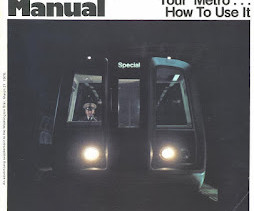
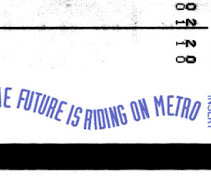
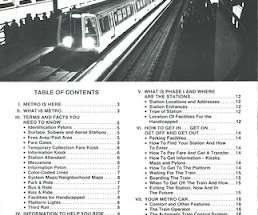
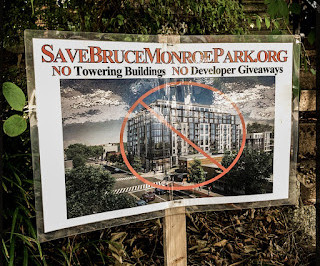
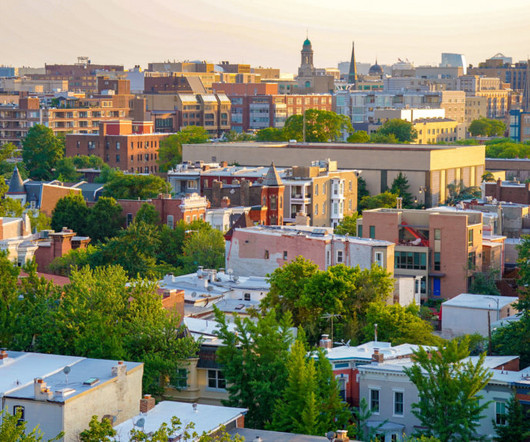






Let's personalize your content